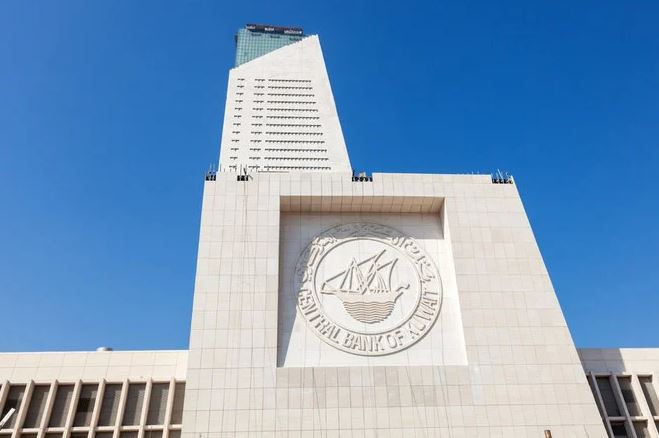Most Gulf central banks lifted their main interest rates by three quarters of a percentage point on Wednesday, moving with the US Federal Reserve as their currencies are pegged to the dollar.
The Central Bank of Kuwait, the only one of the six Gulf Cooperation Council (GCC) countries that ties its currency to a basket rather than just the dollar, raised its key discount rate by 25 basis points (bps) to 2.5 percent.
The central banks of Saudi Arabia, the United Arab Emirates, Qatar and Bahrain all raised their key rates by 75 bps to 3 percent, 3.75 percent, 3 percent and 3.25 percent, respectively.
“The rates hikes by the GCC central banks continue to show commitment to the regional currency pegs to the USD,” said Monica Malik, chief economist at Abu Dhabi Commercial Bank, adding Kuwait’s currency basket gave it more monetary flexibility.
The Fed hike comes on top of a 75-basis-point hike last month — its biggest since 1994 — and smaller moves in May and March, as it battles a 1980s-level breakout of inflation.
The Saudi Central Bank returned to moving in parallel with the Fed after it raised rates by 50 bps last month, deviating from the Fed’s move as it faces lower inflation than the rest of the Gulf.
“Inflation in the region is lower than in the US and so the same magnitude of monetary tightening is not required in the region. This is especially true for the GCC countries that introduced a fuel price cap,” Malik said.
The central bank of the UAE, the only GCC country that does not have a fuel price cap, said this month it expected inflation at 5.6 percent for 2022.
The Central Bank of Oman, the remaining GCC country, is widely expected to follow with a similar move.
“Our forecasts are already assuming some headwinds to non-oil economic activity and credit demand in the GCC from the fast pace of interest rate hikes in this cycle, especially as they build cumulatively,” Malik said.
“However, we see key development plans continuing to underpin economic activity. ”

